Australian Sky & Telescope is a world-class magazine about the science and hobby of astronomy. Combining the formidable worldwide resources of its venerable parent magazine with the talents of the best science writers and photographers in Australia, Australian Sky & Telescope is a magazine produced specifically for the Southern Hemisphere’s astronomers.
Experiencing the cosmos in images
AUSTRALIAN SKY & TELESCOPE
NEWS NOTES
IN BRIEF
Dawn of the asteroids • Looking back at a pioneering mission to Vesta and Ceres.
Celebrating celestial seas
Pieces of other worlds • Japan’s Hayabusa 2 has returned to Earth with samples of asteroid Ryugu, while China’s Chang’e 5 has brought back bits of the Moon.
HOW DID WE GET THE ASTEROID BELT? • The sparse swath of debris between Mars and Jupiter could tell us more about the Solar System’s earliest years than the planets themselves.
THE MAIN BELT
Essential astronomy reading • Australian-produced astronomy titles that are must-haves for all amateur astronomers. Order yours today; they make great gifts for your family and friends too!
The Great Dimming of Betelgeuse • Professional and amateur astronomers are working to understand why the famed red supergiant faded so dramatically.
WILL BETELGEUSE EVER GO SUPERNOVA?
The story of T Tauri • An infant star in Taurus helped reveal a truth once thought radical: The universe still makes new stars.
Protostar vs pre-main-sequence star
USING THE STAR CHART
Birthplace of worlds
In praise of Procyon • Alpha Canis Minoris is a serious underdog.
VISTAS
Lonesome Mars • The Red Planet will be alone in the evening sky for most of March and April.
Time to get ‘active’ • Two small showers to see
SKY PHENOMENA
LUNAR PHENOMENA
A ‘well matured’ comet • The prospects are pretty good for seeing C/2020 R4 (ATLAS) this autumn.
A triplet of variables • Get to know R, W and Z Chamaeleontis.
Lunar main sequence • Understanding lunar crater formation based on appearances.
Orion’s Club District • Going off the beaten track in Orion brings pleasant surprises.
Orion’s newborn nursery • Up for a challenge? Point your telescope toward M42 to spot newly born planetary systems.
Other Observations
Catch an ISS transit • Being in the right place at (exactly) the right time pays exciting dividends.
Picturing Galaxies • Here are some tips to get the most out of your galaxy images.
Evostar 150 APO Refractor
Sky-Watcher’s Evostar 150 APO Refractor • ED glass and advanced optical coatings push this two-element objective design to its full potential.
The trekking pole travel scope • Never leave home without it!
Recognising excellence • Science communication and astrophotography awards up for grabs.
Mark Blackford
Astrophotos from our readers
The next big one • The coronavirus pandemic reminds us that preparedness is critical when catastrophes come out of the blue, including from space.
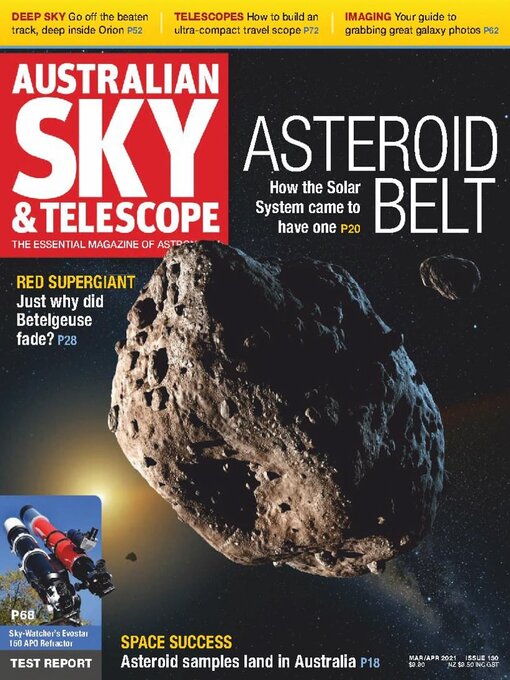
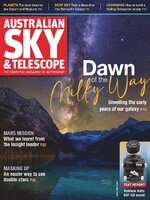 August/September 2023
August/September 2023
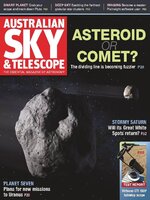 Jul 01 2023
Jul 01 2023
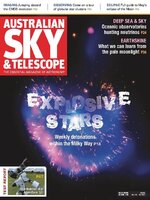 May/June 2023
May/June 2023
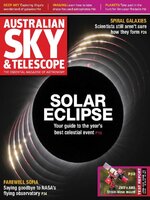 Apr 01 2023
Apr 01 2023
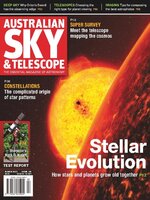 Mar 01 2023
Mar 01 2023
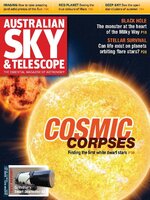 January - February 2023
January - February 2023
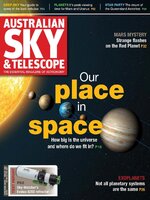 November - December 2022
November - December 2022
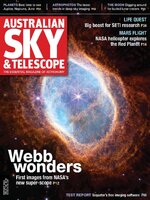 September - October 2022
September - October 2022
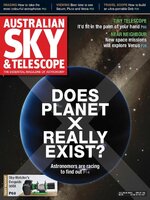 July - August 2022
July - August 2022
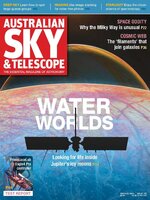 May - June 2022
May - June 2022
 March - April 2022
March - April 2022
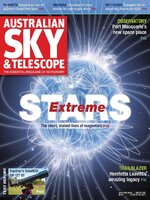 January - February 2022
January - February 2022
 November - December 2021
November - December 2021
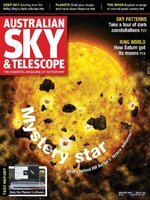 September - October 2021
September - October 2021
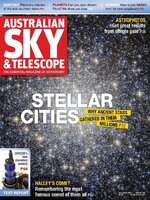 July - August 2021
July - August 2021
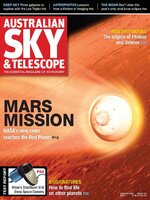 May - June 2021
May - June 2021
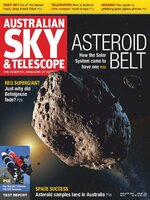 March - April 2021
March - April 2021
 January - February 2021
January - February 2021
